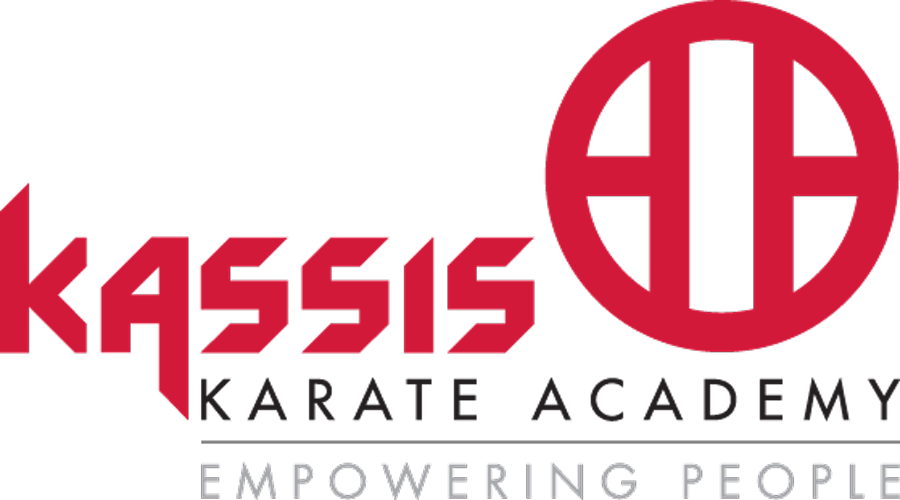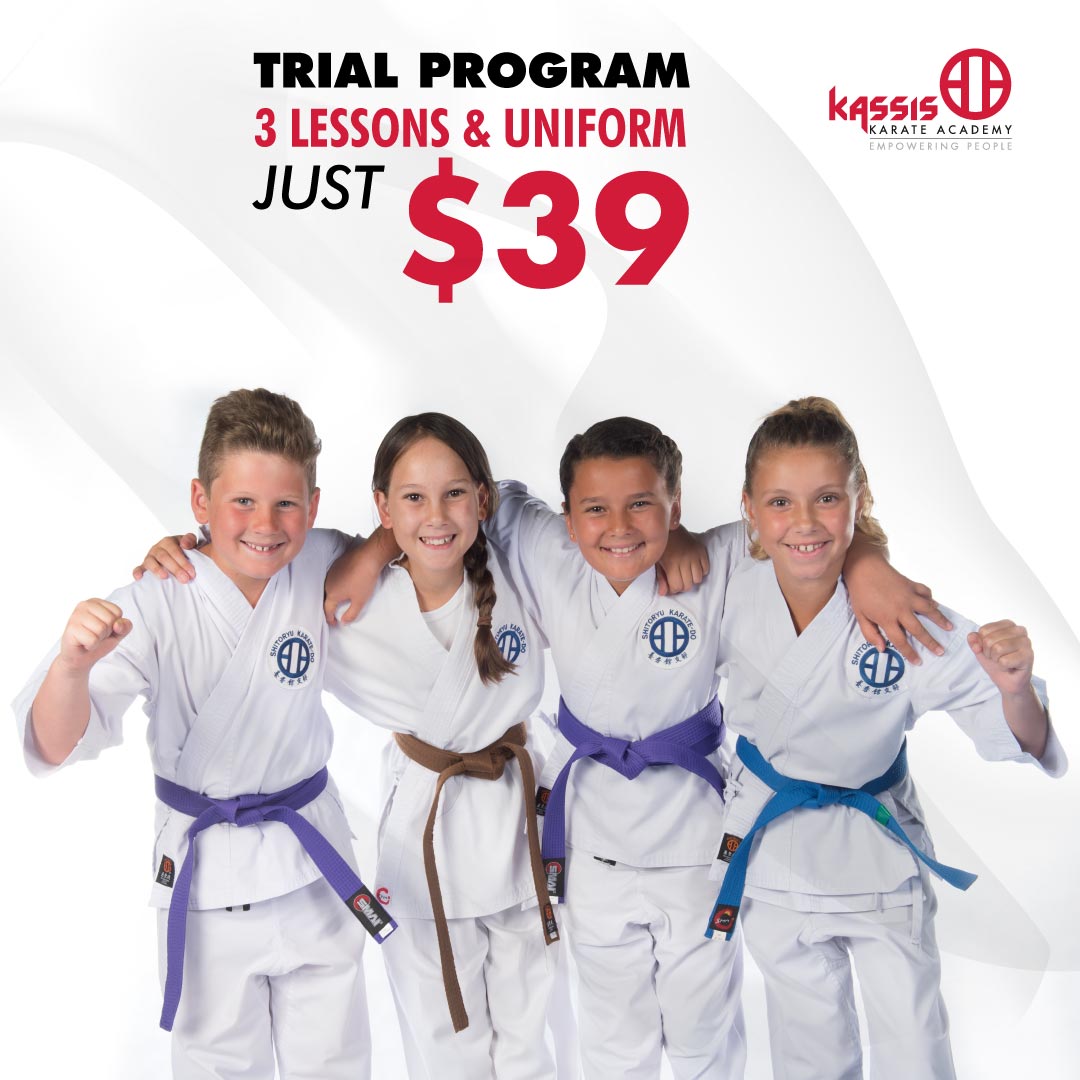One of the most thrilling acts we know is practising martial arts. This is available in multiple forms, such as Karate and Taekwondo, and depending upon your choice, you can select any of them. It is very much connected with building self-defence. Martial arts is also considered a competitive sport. Individuals learn the skill of martial arts for pleasure and also an effective way to maintain physical fitness. All things considered, it requires long stretches of devoted time and endeavours into the training to really dominate and receive every one of the rewards it has to bring to the table.
To prevail in your martial arts techniques, you are needed to be in your best actual self, which implies that you’d need to practice routinely. Here we are providing you with some of the best strength and conditioning for martial arts training. Accompanying these activities, along with your preparation, will assist you with turning into a more grounded martial artist and diminish the hazard of preparing related wounds. The extraordinary news is that they don’t need any gear and, besides energetic strolling, should be possible in the solace of your home.
1. Squats
It is a leg exercise that mainly focuses on the thighs. The individual has to act like he is sitting on a chair and giving strength to the thighs and hips section. In the initial phase, you can practice it for a few seconds and a couple of rounds. You may experience a little pain initially, but you will easily enjoy doing squats with regular practice. With time, you can increase the rounds to more numbers and hold the same position for 1 to 3 minutes. Squats can be done in different forms. They are the best in general strength works out. Their advantages are not restricted to creating lower body strength and perseverance, but they also develop strong perseverance in the lower body and improve lung work.
2. Rope Jump
There are many individuals who fear the idea of jumping rope or just never figured out how it can help them in getting good physical strength. Truly, it is one of the more flexible apparatuses you can utilize that is modest and powerful. You can rehearse your high jump and likewise do mimicry while doing rope jumping to keep it intriguing. This will make your body flexible, and you will experience lighter on your toes. With the regular practice of rope jumping, you will have better footwork and expand your endurance. The repetitive movement of jumping helps in developing the rhythm and coordination in your body.
3. Stretching
It seems that doing stretching is quite simple, but it has a good effect on the body’s blood circulation. Most people don’t know that they should also do it after the training classes as they do stretching before any practice session. You can say this is a cooldown period. It has the potential to normalize the blood pressure of your body after a physical workout. You can reduce post-training injuries and pain with stretching.
4. Pull-ups
Doing pull-ups is not an easy activity to do, but rather they pay off amazingly. While doing pull-ups, you have to utilize your chest area solidarity to lift your body weight until your jaw or chest is at the level of the bar. The activity does the body a ton of good. With the good practice of the pull-ups, you will experience strong muscles near the chest, midsection, and upper back. It likewise offers more strength to the joints of the wrists, shoulders, and elbows.
In the beginning stage, if you can’t do appropriate pull-ups, get going with simpler activities, for example, bounce pulls or negative force ups, where you remain on a stage. You have to push your jaw over the bar by bouncing or venturing onto a platform and then gradually lower down your body. It would be best for you if you would focus on pressing your shoulder bones together to initiate your back muscles, as opposed to your biceps. This will give a full-body strength.
5. Thrusters
This exercise is the combination of the front squat and an overhead press. Most martial artists practice this exercise. It is the full-body movement that is very useful for practitioners. By practising thrusters, individuals experience proper coordination, muscular endurance, and balance in their bodies. With this, you will get upper and lower body strength. You can begin a thruster by utilizing just a free weight. Steadily add weight as you increment your solidarity, become alright with the changes and also you should ensure that you are utilizing the proper structure. This is imperative to keep away from injury and gain the most advantages.
Ensure the entirety of your practice session is smooth, consistent, and controlled. You have to do the movement of the thruster quickly and continuously. You shouldn’t break it into short or separate developments.
6. Deadlifts
By doing the deadlifts on a regular basis, you will activate your hamstrings, glutes, lower back muscles, and core. For practising the deadlifts, proper attention should be given to the form. It would help if you did not start with a heavy workout. You have to ensure that your toes are pointing in the front direction, and there should be no rounding of the back. If you do the deadlifts in the correct form, then you will experience the stretch in your hamstring instead of the quads.
Conclusion
If you want to experience the best form of Melbourne martial arts, then you can join Kassis Karate Academy. Our professionals offer a perfect combination of high-quality knowledge and experience. Coupled with friendly teachers, we fulfil the requirements of our valued members. We have internationally trained instructor Con Kassis and a former Australian who offers the kids the best training. Individually they have achieved much in the world of Karate. Together they are an impressive team, unmatched in terms of the level of knowledge and experience offered. You can contact us at 0402 278 531 for more detailed information.

